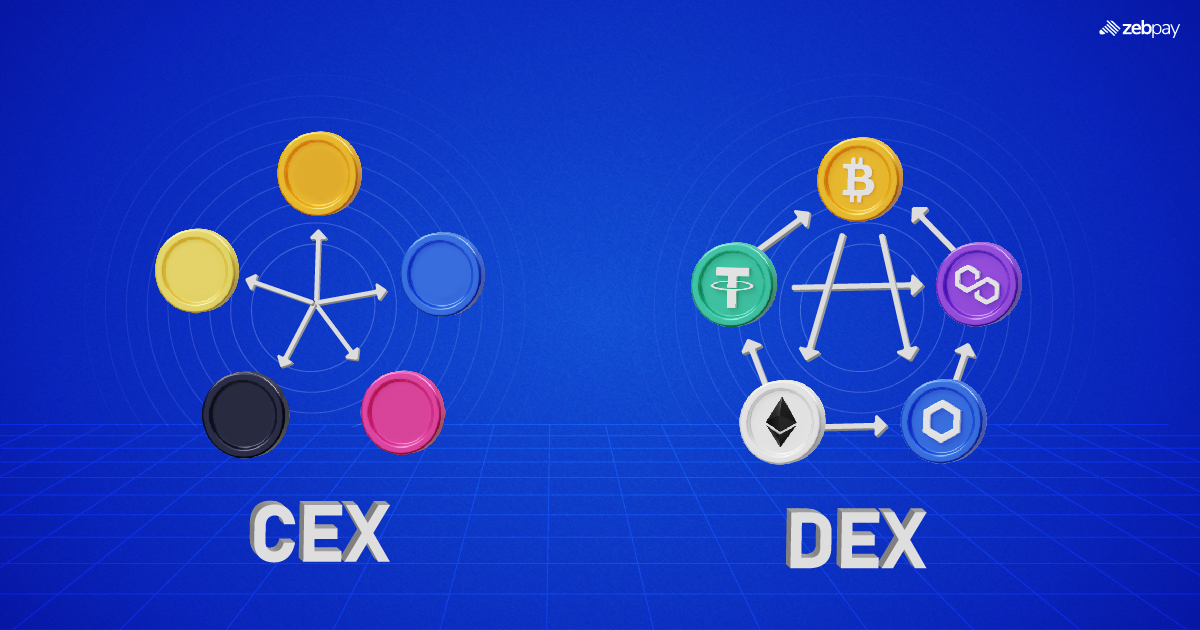Crypto is an entirely new type of money. With new money also comes new ways to store it. The safety of your funds and personal information on the blockchain is crucial. This is where crypto wallets come in handy. They allow you to access the blockchain network and protect your tokens from hackers and malicious actors. One of the most popular types of wallets is a hardware wallet.
What Is A Hardware Wallet?
A hardware wallet – also known as a cold wallet – is a physical device used for storing your crypto. It keeps your wallet and tokens physically separated from the internet until you need to use them. This greatly enhances the security of your funds and ensures fewer points of failure through which they can be stolen.
Cold storage wallets are typically shaped like USB drives but may come in more sophisticated forms that can connect wirelessly through Bluetooth.
How Does A Hardware Wallet Work?
First, it is vital to understand the function a crypto wallet performs. Unlike a regular wallet, a crypto wallet does not hold the actual tokens you use on a blockchain. Instead, it securely stores public and private key pairs used to access the platform. This ensures they cannot be stolen or used by anyone other than the wallet owner.
As mentioned above, a hardware wallet stores these keys on a physical device. You only need to plug it in while using the wallet. At all other times, the device can be safely stowed away, with no method to access it through the internet. Thus, hackers would need to steal the device itself to have access to your funds.
Different Types of Hardware Wallets
- Paper Wallet – Paper wallets are the most basic form of crypto wallet. In this method, you print out your public and private keys on a piece of paper, which is then stored securely.
- Storage Device – An encrypted storage device can also be used to hold your keys. These can be connected and disconnected as required.
- Hardware Wallet – Hardware wallets built specifically for storing your keys also offer additional features like a PIN and multi-factor authentication to increase security.
How To Use A Hardware Wallet?
- First, connect your wallet to the device you want to use it on, like a laptop or phone.
- The wallet may prompt you to set a PIN, creating an additional security feature.
- The wallet’s application will then generate a public-private key pair for you to use on the blockchain network of your choice.
- Each time you wish to send tokens to another wallet, the application will require you to re-enter your PIN.
- Once the transaction is confirmed, you can disconnect your wallet and store it safely.
Hardware Wallet Security
Digital wallets store your keys either on an online server or on your device. Both of these options are connected to and accessible from the internet, making them prime targets for hackers and data breaches.
Hardware wallets solve this problem by separating your keys from the internet and holding them on a separate device. Since you must only plug it in while making a transaction, there is a much lower risk of theft. This makes hardware wallets one of the safest ways to store your crypto.
What Are The Benefits of Hardware Wallet?

Offline Operation
Unlike software wallets, hardware wallets do not store information online. This eliminates the risk of your wallet provider’s security features failing or suffering a data breach.
Total Control
There is no third party that you need to trust to safely store your keys. Instead, their ownership and control lie solely with you. This provides you with complete freedom and no downtime in usage.
Additional Security
Using a hardware wallet created specifically for storing crypto also provides you with many other security features. These include entering a PIN every time you need to transact and even enabling multi-factor authentication to log in.
Read more: How To Choose A Crypto Wallet
Conclusion
Importance of Hardware Wallets in Crypto Security
Wallets are a fundamental part of the crypto ecosystem to ensure that your funds are protected. While you can opt for software and other digital wallets, the most secure option for you is likely a hardware wallet. Their suite of security features along with self-custody make them a very popular choice among users looking to keep their funds safe.
Future Developments and Advancements in Hardware Wallet Technology
Crypto is a growing industry, and this growth brings with it several new innovations. Inevitably, wallets will also evolve over time to become more secure and easy to access. Further improvements to hardware wallets could include firmware updates and security checks that help ensure you are not transacting with fraudulent accounts.
Keep yourself updated with the latest crypto news on ZebPay blogs. Begin your crypto trading journey today.
FAQs on Hardware Wallet
Are Hardware Crypto Wallets Safe?
Hardware wallets strike the perfect balance between security and accessibility for most crypto users. They are a highly secure option for anyone looking to store their funds over a longer period, or those that transact infrequently.
How Much Does A Hardware Wallet Cost?
A hardware wallet can start at $30 for a basic model, while more complete offerings can run you up to $150. It is important to analyze their features and find out which one is right for your needs.
How To Choose A Hardware Wallet?
There are a few key things you need to check before choosing a hardware wallet. Firstly, does the wallet support the crypto you want to hold? Second, compatibility with exchanges and decentralised applications is another consideration. If the other features are met, you can decide based on your budget.
Do I Need A Hardware Wallet?
Software wallets are a great option for many users who transact frequently or have low crypto holdings. If you do not use your crypto several times a day, or you have a sizeable number of tokens, a hardware wallet might be a better choice for you.
Do Hardware Wallets Have Fees?
Once you purchase a hardware wallet, there are no additional fees associated with it. However, you must still pay any transaction fees required by the crypto platform of your choice.







